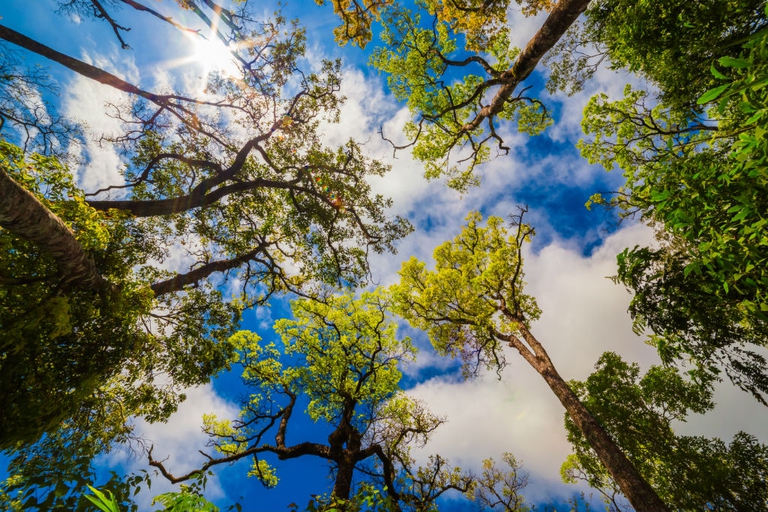
Niseko, Toya-Usu and Shiraoi are three Hokkaido destinations for travellers who want to feel close to the communities they’re visiting.
Strolling in a tree-lined avenue or in a city park helps people become less stressed. The more the wood is thick, the less is the stress.
It is widely known that strolling in nature helps people relax and reduce stress. But now researchers at the University of Illinois have assessed in a joint study with the University of Hong Kong how much natural scenery can reduce a person’s stress levels. They have discovered that a tree-lined avenue in a city helps the person who views it become less stressed.
The study was conducted by a research team led by Dr Bin Jiang, professor at the Department of Landscape Architecture at the University of Illinois, and published in the scientific journal Environment and Behaviour in May. It demonstrates that there’s a link between the density of trees and stress recovery for people who view trees.
The study involved 160 participants, who were unaware of the aims of the test. These were subjected to different stressful scenarios, including preparing a speech, delivering it to a group of people, and performing a subtraction task in front of judges and a video camera.
Then the participants watched 3D videos featuring urban areas with different amounts of tree canopy coverage, from 2 to 62%. Then the participants’ levels of stress before, just after and a short period after the test have been measured in three questionnaires.
The results revealed a positive, linear association between the density of trees and stress recovery. “These findings – research reveals – suggest that viewing tree canopy in communities can significantly aid stress recovery and that every tree matters”.
Siamo anche su WhatsApp. Segui il canale ufficiale LifeGate per restare aggiornata, aggiornato sulle ultime notizie e sulle nostre attività.
![]()
Quest'opera è distribuita con Licenza Creative Commons Attribuzione - Non commerciale - Non opere derivate 4.0 Internazionale.
Niseko, Toya-Usu and Shiraoi are three Hokkaido destinations for travellers who want to feel close to the communities they’re visiting.
We talked to World Happiness Summit organiser Karen Guggenheim about the connection between the planet’s health and our happiness.
The new generation of high-performance wood materials offers unexpected hi-tech possibilities to the worlds of design and architecture.
A group of experts in Tokyo suggested pouring radioactive water from Fukushima into the open sea. A marine biochemist explains the consequences of this absurd decision.
By recovering clothes discarded in the West, Togolese designer Amah Ayiv gives them new life through his high fashion creations.
All catwalks in July will be broadcast online: after Paris, it’s Milan Digital Fashion Week’s turn. And the biggest beneficiary is the environment.
Disabled travellers need not fear Japan. Accessible Japan founder Josh Grisdale tells us about his commitment to opening the country’s doors to everyone.
Kalongo Hospital in Uganda is on high alert. Medics are facing the pandemic amid an already precarious healthcare situation, in a country with only 55 intensive care beds.
Indigenous peoples in the isolated region are suffering from poor access to health, with several cities becoming hotspots of coronavirus in the Amazon. Indigenous leaders, health experts and NGOs are calling for international help.









